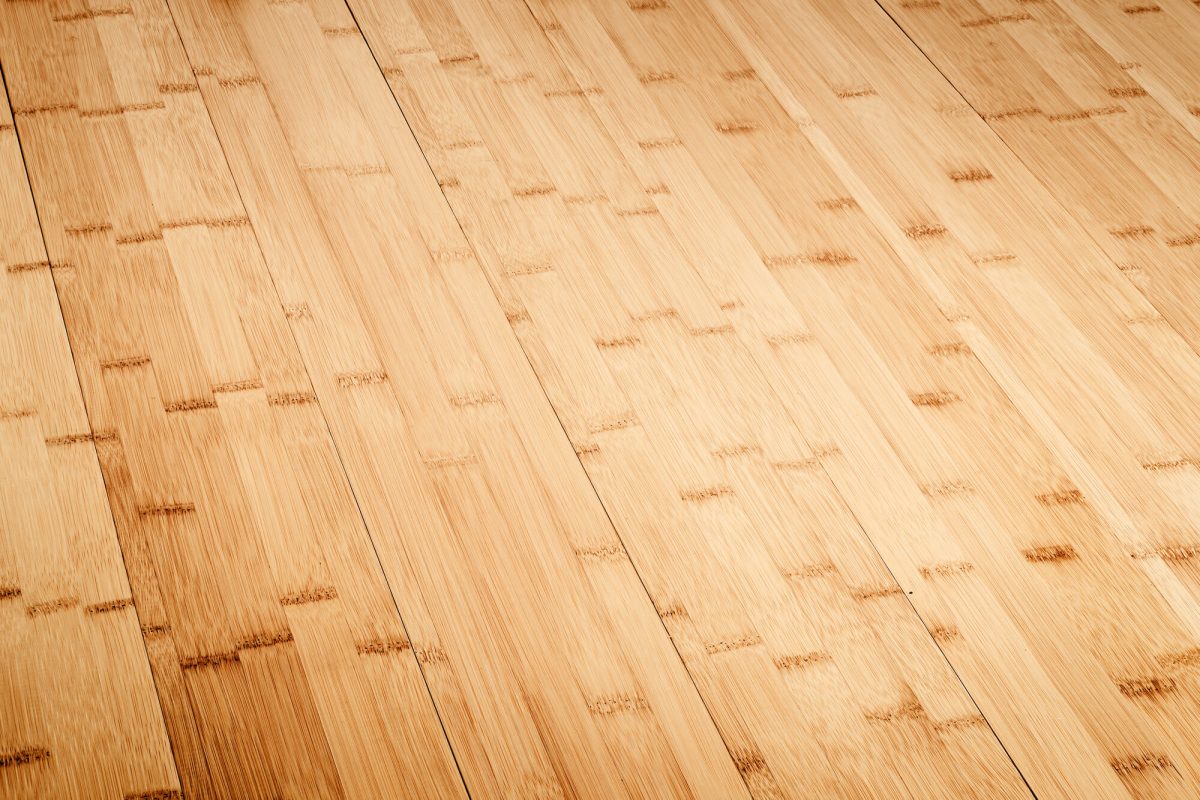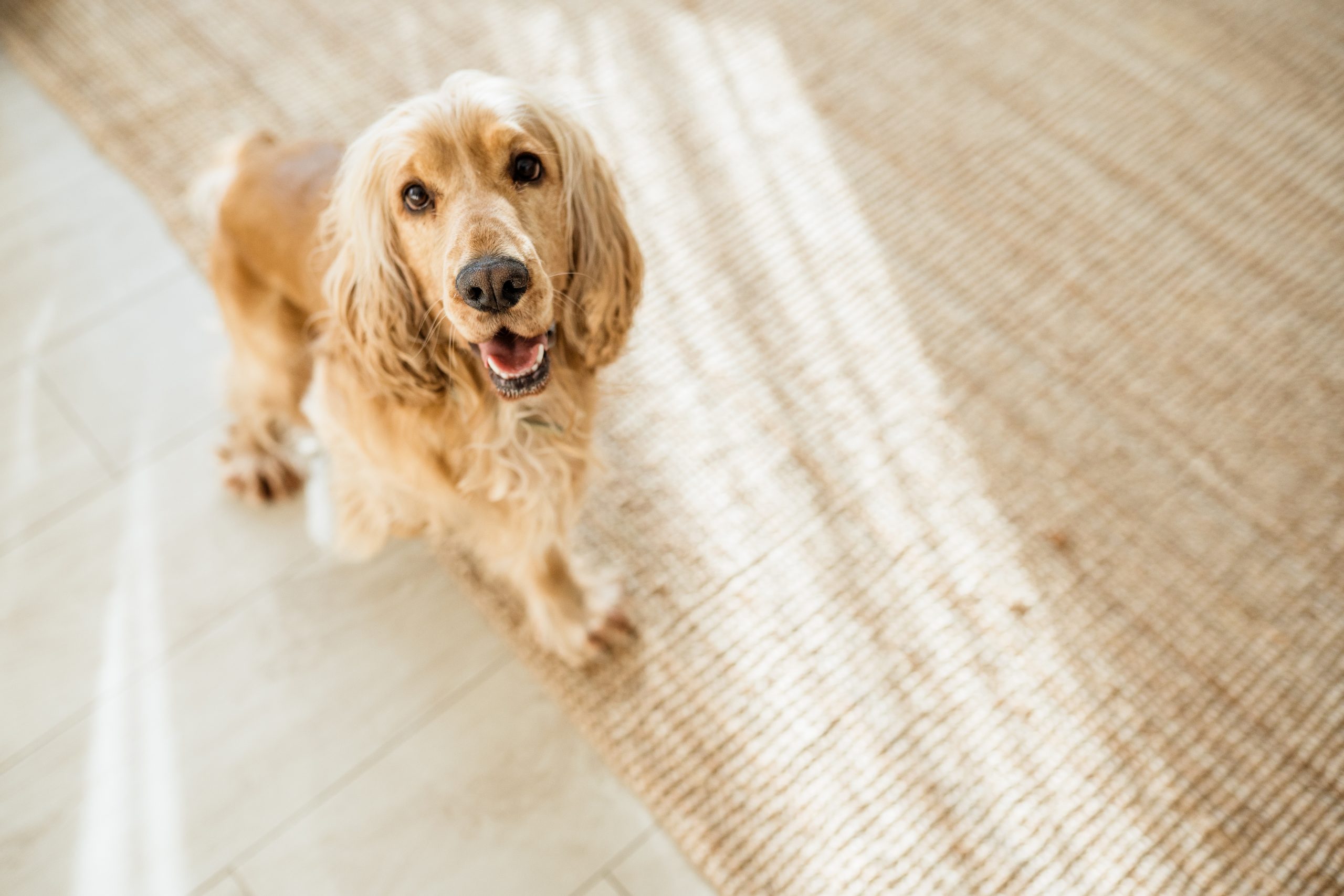Table of Contents
- Key Takeaways
- Crafting Your Flooring Budget
- a. Measure Your Space
- b. Research Materials
- c. Factor in Labor
- d. Account for Prep
- e. Add a Contingency
- Uncovering Hidden Costs
- Subfloor Issues
- Removal & Disposal
- Furniture Moving
- Trim & Transitions
- Material Choices & Budget Impact
- Accurately Budget Your Flooring Project
Budgeting for your floor project and avoiding surprises begins with itemizing material costs, installation fees, and potential extras like subflooring. Costs differ depending on flooring type – hardwood, tile, and vinyl all have different costs.
Add material costs, labor, and any modifications to come up with an accurate estimate. This TurnKey Floorings guide will help simplify budgeting with practical tips. Call our experts today—we’ll walk you through the process and help you budget your flooring project with confidence. Let’s plan your project together.
Key Takeaways
- Begin your flooring budget by establishing your needs, setting priorities by room usage, and nailing the square footage.
- Research material prices and compare units such as hardwood, laminate, and vinyl.
- Factor in labor, particularly if you are having a specialty installation or subfloor preparation, so you don’t end up with surprises.
- Be prepared for sneaky expenses like repair of damaged subfloor, discarding the old floors, relocating furniture, and transitions or trim.
- Set aside a 10-15% contingency of your total budget for surprises.
- Make your flooring choice based on a combination of durability, upkeep, and expenses.
Crafting Your Flooring Budget
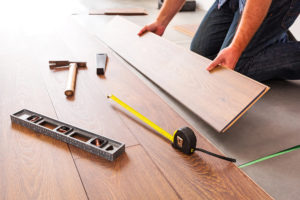
Planning your flooring project starts with setting a clear budget so you know exactly what to expect and avoid surprises along the way. Breaking down the project into smaller areas allows you to create a realistic and accurate budget.
1. Measure Your Space
Begin by taking measurements of the width and length of each room or space using a tape measure. Multiply these numbers by to determine each space’s square footage.
Include 5-10% more in your measurements to allow for cuts and waste in the process of installation, especially in tile or hardwood. Purchase just enough material this way, with no more than minimal overages or deficiencies.
2. Research Materials
Based on cost, durability, and looks, flooring can be classified. Ordinary hardwood floor costs range from $6 to $15 per square foot. Laminate or vinyl, with lower price points, can cost anywhere from $2 to $6 per square foot. Tile is somewhere in between the prices of $3 to $10 per square foot.
Hardiness matters for busy spaces, and style will pair with your design taste. Shop around and check to see if the stores locally have bulk prices or sale prices to give you. Don’t forget to include the extras, such as adhesives or underlayment, which can cost $0.30-$1 per square foot.
3. Factor in Labor
Installation rates impact your flooring budget, varying from $2-$8 a square foot based on material and complexity. Unique patterns, such as herringbone or curved arrangements, can add to installation costs. Subfloor work, like leveling or repairs, is additional. To keep things in check, obtain quotes from a minimum of two or three professional installers.
4. Account for Prep
Inspect your subfloor for damage or uneven areas that need repair. Removing old flooring, such as carpet or tile, can add to material expenses. The preparation may involve cleaning, a moisture barrier, or underlayment, all of which affect the bottom line.
5. Add a Contingency
Unexpected expenses like subfloor repairs or extra materials can sneak up on you. Set aside 10-15% of your budget for unexpected costs. Sticking to this cushion will keep you from going over budget and allow you to bring your project back in line.
Material Choices & Budget Impact
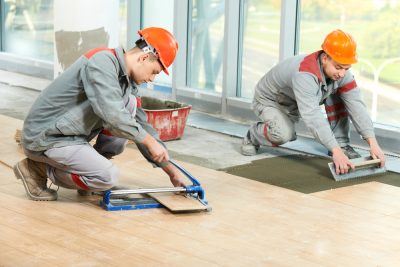
The materials are very different with respect to price, durability, maintenance, and appearance, so approach the challenge carefully! To ensure the most informed opinion, consider this:
- Material Cost: Flooring materials range from $2 to $15 per square foot. Carpet tends to be the least expensive, with tile and exotic hardwoods such as mahogany or Brazilian cherry.
- Cost of Installation: The complexity of the material also influences the cost of installation, between $2 $8 per square meter. Tile, for instance, is bound to be higher than carpet or laminate due to increased labor intensity.
- Additional Expenses: Don’t forget to plan for the price of stripping old flooring ($0.70 to $5 per square foot) or reserving 10-15% for potential expenses like subfloor damage.
Durability and maintenance are equally important. While engineered hardwood might appear more cost-effective at first, solid hardwood can be refinished hundreds of times, ending up costing you more over the course of its lifespan.
Oak is an old standby due to its enduring look and resilience, but at a lower cost. Luxury vinyl offers durability with minimal upkeep at the middle price point. Refinishing old hardwood floors is another intelligent choice, providing them with a renewed existence for decades to come without the full replacement process.
Accurately Budget Your Flooring Project
Understanding upfront costs enables you to avoid surprises and stay within your project budget. Prioritize exceptional items—labor, material, and all costs of doing business—putting your budget in balance with your vision. Consider durability, beauty, and maintenance when selecting materials since all these influence cost and long-term value.
A smart budget not only saves money, it streamlines the entire experience. Whether you’re renovating one room or something bigger, planning can help ensure your decisions.
If you’re not sure where to start or want expert guidance, our team at TurnKey Floorings is here to help. We’ll work with you to find the right flooring solution for your space. Contact us today and let’s get started.




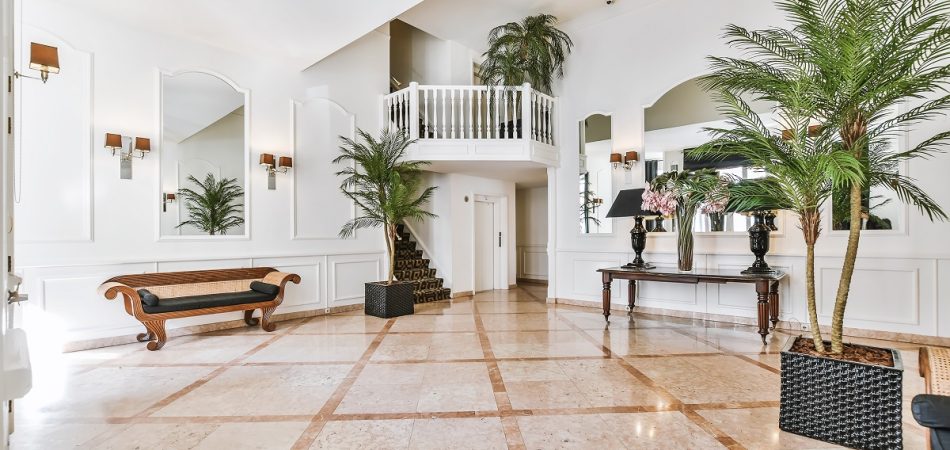
 Turnkey Floorings
Turnkey Floorings  Oct 1, 2025
Oct 1, 2025 




